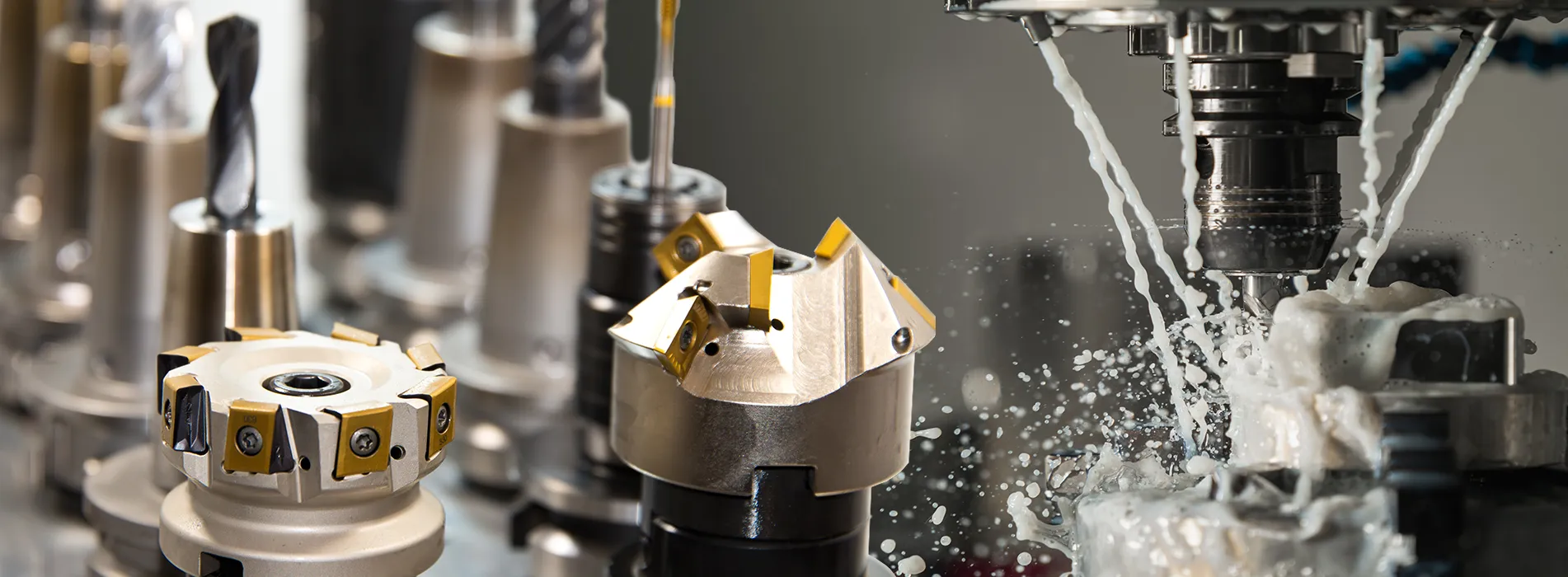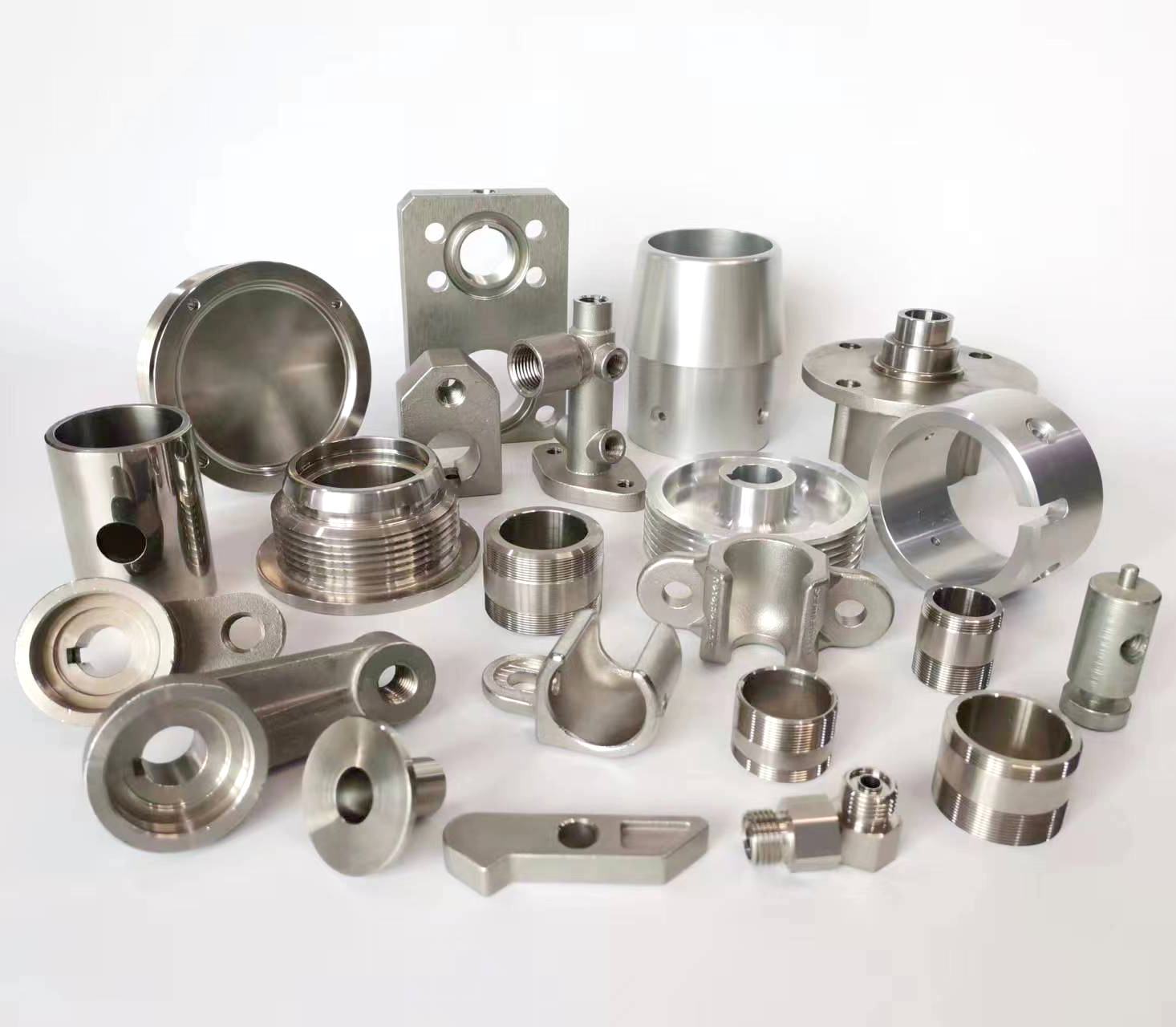
1. Acid Solution Control
Concentration:
Maintain hydrochloric acid (HCl) concentration between 10–20% (or sulfuric acid at 5–15%). Excessively high concentrations accelerate corrosion, while low concentrations prolong pickling time and risk incomplete oxide removal.
Temperature:
Keep temperature within 20–50°C (ambient to mildly heated). Avoid overheating, as it accelerates acid consumption and hydrogen embrittlement risks.
Contamination:
Regularly monitor for iron salt buildup (FeCl₂/FeSO₄). Replace the bath when iron content exceeds 200–250 g/L to prevent “over-pickling” and surface pitting.
2. Pickling Time Management
Time Limits:
Typical pickling duration ranges from 5–60 minutes, depending on rust severity, steel grade, and acid strength. Avoid exceeding 60 minutes to prevent base metal corrosion.
Real-Time Monitoring:
Inspect surfaces frequently (every 10–15 minutes) to assess oxide removal progress. Adjust time dynamically based on visual/mechanical testing (e.g., scraping tests).
3. Material Compatibility
Steel Type:
High-carbon steels and alloys are prone to hydrogen embrittlement. Reduce exposure time or use inhibitors (e.g., thiourea) to minimize hydrogen absorption.
Surface Condition:
Remove heavy scale/rust mechanically (e.g., sandblasting) before pickling to reduce acid dependency.
4. Post-Pickling Neutralization
Rinse thoroughly with alkaline water (pH 8–10) to neutralize residual acid.
Use a passivation rinse (e.g., sodium dichromate) to inhibit flash rusting before galvanizing.
5. Safety & Environmental Measures
Ventilation:
Ensure strong fume extraction systems to avoid HCl/H₂SO₄ vapor inhalation.
PPE:
Mandatory gear: acid-resistant gloves, goggles, aprons, and respirators.
Waste Treatment:
Neutralize spent acid with lime/NaOH before disposal to meet environmental regulations.
6. Over-Pickling Risks
Signs of Over-Pickling:
Surface pitting or “grainy” texture.
Excessive hydrogen bubbles (indicates active base metal corrosion).
Mitigation:
Add corrosion inhibitors (e.g., hexamine) or reduce acid strength for sensitive materials.
7. Quality Checks
Visual Inspection:
Post-pickling surfaces should be uniform, gray-white, and free of oxides/scale.
Weight Loss Test:
Measure material weight before/after pickling to ensure ≤1–3% loss (varies by steel grade).
By adhering to these guidelines, you ensure efficient oxide removal while minimizing base metal damage, hydrogen embrittlement, and environmental hazards. Always tailor parameters to specific material grades and operational conditions.





